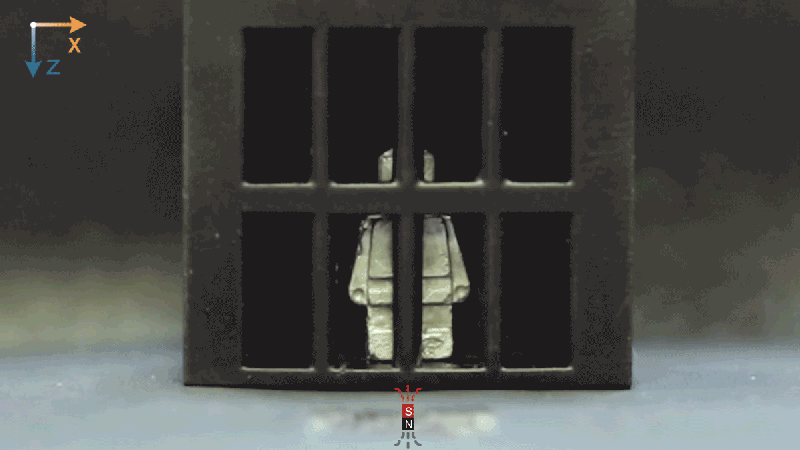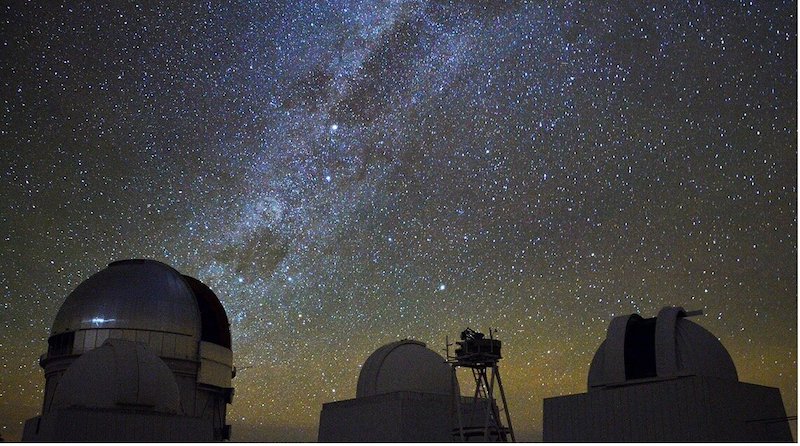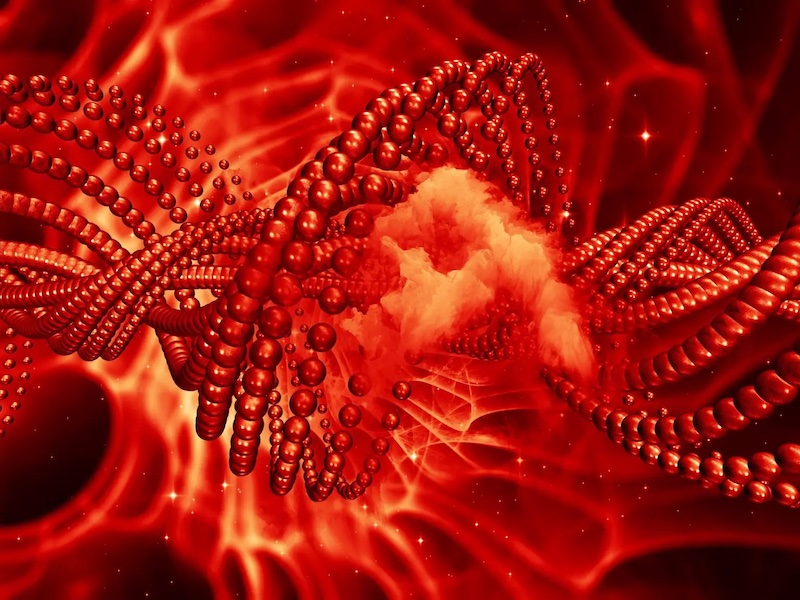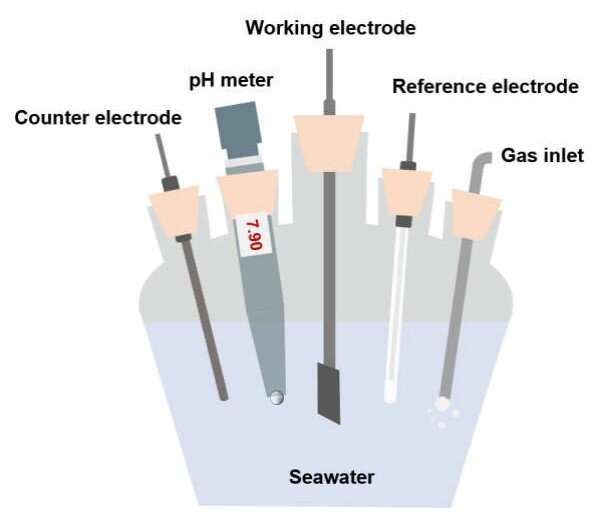A morphing metal robot, mapping the universe, and pulling hydrogen from the sea. This week’s coolest things challenge the very matter of existence.

What is it? Chinese scientists created a metal robot that can melt into a liquid and then re-form.
Why does it matter? The team, led by researchers from Sun Yat-sen University and Zhejiang University, demonstrated several potential uses for the malleable metal bot. They showed how it can deliver drugs to or retrieve objects from a model stomach, solder and complete an electrical circuit, and even pull a Terminator 2–like stunt of melting to escape through cage bars and reconstituting to its original shape on the other side.
How does it work? The robot is made of gallium, a metal with a melting point just under 30 degrees Celsius (86 Fahrenheit). Microparticles of magnetic neodymium, boron, and iron are embedded inside. “The magnetic particles here have two roles,” said Carmel Majidi, a mechanical engineer at Carnegie Mellon University and a senior author on a paper in the journal Matter. For one, they allow researchers to generate an electric current in the bot through magnetic induction, which heats it up enough to liquefy it. The particles also enable the team to re-form and move the metal with magnets, in either its liquid or solid form.

What is it? An international team of researchers made the most detailed map to date of all the matter in the universe.
Why does it matter? The universe has been expanding since the Big Bang created matter some 13 billion years ago. Astronomers trace matter’s path to try to understand its origin. The map broadly confirmed the current understanding of the universe but suggests that the distribution is less “clumpy” than most experts thought, meaning clustering in certain areas rather than evenly spread out.
How does it work? More than 150 scientists combined data from two major telescope observations — the six-year Dark Energy Survey, from Chile, and the South Pole Telescope, which detects faint traces of radiation generated at the birth of the universe — mapping how light traveling through space bends in response to the gravitational forces of matter. “It functions like a cross-check, so it becomes a much more robust measurement than if you just used one or the other,” said the University of Chicago’s Chihway Chang, one of the lead authors of a set of studies in Physical Review D.

What is it? Japanese researchers used artificial DNA to kill cancer cells.
Why does it matter? Cancer treatments based on nucleic acids (RNA and DNA) are of major interest to researchers, but it’s challenging to design ones that don’t harm healthy tissue. The findings, published in the Journal of the American Chemical Society, present a drug mechanism that is “completely different from known nucleic acid drugs,” said Akimitsu Okamoto, one of the research leads at Tokyo University.
How does it work? Okamoto and his team synthesized short pieces of DNA with a hairpin shape, which prevents them from naturally forming into longer strands. They programmed the DNA to recognize a particular type of microRNA that is overproduced in cancer cells. Encountering this microRNA in models of cervical, breast and skin cancer, the DNA straightened out to bind to it, which then allowed it to combine into elongated strands. These long strands triggered an immune response that killed the cancer cells.

What is it? A University of Connecticut researcher designed a self-cooling camping tent.
Why does it matter? The innovation uses simple evaporation to cool the inside of a tent without any energy input. “Plants wick water from the ground and then sweat to cool themselves,” said the researcher, Al Kasai. “What I did was simply to find a material that could do the same job.”
How does it work? The tent is made of a proprietary fabric that wicks water from a reservoir at its base. As it evaporates, it cools the space below. One gallon of water (collected, say, from a nearby stream) can cool the inside of the tent up to 20 degrees for 24 hours.

What is it? Engineers and material scientists from the U.S., China, and Australia came up with a less expensive method to produce hydrogen from seawater.
Why does it matter? Typically, the water used for producing hydrogen for clean energy generation must be purified, and often an alkalizing agent must be added before it is electrolyzed (split using electricity). The new method, described in Nature Energy, electrolyzes untreated seawater, cutting the high cost of traditional methods.
How does it work? Rather than use a rare precious metal for electrolysis, the team employed a non-precious-metal catalyst coated with an acid layer of chromium oxide. The researchers reported it performed similarly to current systems that require pretreatment of water and expensive catalysts, and it was nearly 100% efficient.





